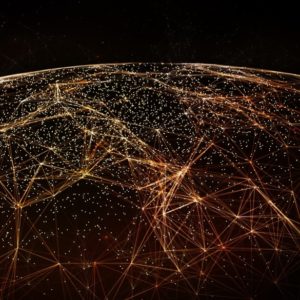Despite the constant growth of M&As in the software industry, according to BCG 50% out of over 37,000 tech companies they analyzed will fail for various reasons. In this post, I want to focus on the key reason, which, in my opinion, is the discrepancy in post-merger integration strategies and software licensing technologies.
The abundance of multiple software licensing technologies, often resultant from M&As, makes it difficult to operate the business. In post-M&A integration strategies, software licensing is often overlooked or set aside, leaving a vital integration project with no clear owner. Furthermore, organizations often lack the know-how pertaining to software licensing management, and what tends to happen is that teams are established to keep existing systems running, rather than consolidating licenses and managing them effectively.
Today, business directors wish that IT would provide just one way of doing business. This requires managing software licenses through a robust and scalable centralized licensing and entitlement management system, which supports multiple licensing technologies; the association of defined licensing models with part numbers; and the maintenance of a comprehensive part number catalog.
Such a centralized system offers a range of business benefits. First, it ensures customer access to a single self-service license management portal process to generate product activation keys and manage activations and license keys after purchase. For customer support representatives, it positively contributes to the support they provide customers. For sales and marketing, it delivers a view into the entitlements database to better understand what customers are entitled to, their purchase history, and what products and features they’ve activated. And, for product managers, it enables the easy collection of sales and licensing reports, delivering insight for meaningful product decisions moving forward.
There are two possible routes to achieve licensing technology consolidation: build or buy a solution. Internally-developed solutions can prove to be costly to implement and maintain, and the addition of a new licensing models or a new acquisitions may require a full development cycle. On the other hand, implementation of a third-party commercial solution results in faster time-to-market, initial cost savings and lower cost of ownership, and finally it enables companies to focus on their core business.
Integrating various licensing technologies as a result of M&As delivers operational efficiencies, a better customer experience, and ultimately increase in revenue and profit. Consequently, it is a crucial element in post-M&A integration plans.
You can read more about consolidating software licensing technologies post M&As in this full survival guide.


